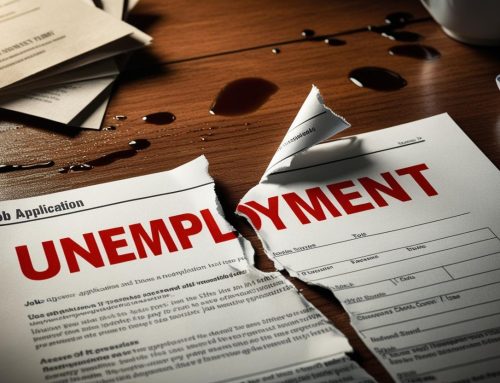September 20, 2023
In August, wholesale-level inflation surprised by rising more than anticipated, countering recent indications of moderated price increases. The U.S. Department of Labor reported that the Producer Price Index (PPI), measuring prices for goods and services at the producer level, increased by a seasonally adjusted 0.7% in August, with a year-over-year rise of 1.6%. This monthly increase exceeded the Dow Jones estimate of 0.4% and marked the largest one-month jump since June 2022.
However, when excluding food and energy, the Core PPI showed a more modest increase of 0.2%, aligning with expectations. On a 12-month basis, the Core PPI rose by 2.1%, the lowest annual level since January 2021. Excluding food, energy, and trade services, the PPI increased by 0.3%.
This data followed the Consumer Price Index (CPI) release, which indicated a 0.6% monthly increase and a 3.7% rise over the past year. When excluding food and energy, the Core CPI showed a 0.3% monthly increase and a 4.3% year-over-year increase.
Like the CPI, the PPI’s upward pressure stemmed mainly from a substantial increase in energy prices. The PPI energy index surged by 10.5% in the month, largely due to a 20% rise in gasoline prices.
In August, final demand goods prices saw a 2% increase, the largest one-month gain since June 2022, while services prices increased by 0.2%.
In separate economic news, the Commerce Department estimated that retail sales in August grew by a higher-than-expected 0.6%, surpassing the Dow Jones estimate of a 0.1% rise. Excluding auto sales, retail sales also increased by 0.6%, beating the 0.4% estimate.
Notably, these figures are not adjusted for inflation, indicating that consumers are maintaining their spending habits despite rising prices and increased credit card debt. However, compared to the monthly rise in the CPI, real retail sales remained flat. Year-over-year, sales increased by 2.5%, falling below the annual CPI inflation rate of 3.7%.
The retail report also reflected higher energy prices, with gas station sales rising by 5.2%. The control group of retail sales, excluding categories such as gas stations, restaurants, auto sales, and building material and garden stores, which influences gross domestic product calculations, increased by just 0.1% in August.
The financial markets reacted calmly to both reports, with Dow Jones Industrial Average futures up approximately 80 points before the opening bell. Treasury yields experienced a slight increase across the board.
Both the PPI and CPI indicate that while inflation remains a concern for U.S. households, the rate of increase appears to have slowed in recent months. This trend is crucial for the Federal Reserve as it determines its future course following 11 interest rate hikes totaling 5.25 percentage points.
Market pricing suggests that the Fed is unlikely to raise benchmark rates in the upcoming week. While central bank officials had previously indicated an expected rate hike before the year’s end, Thursday morning’s market futures data indicated a 42% chance of a move in November, according to CME Group data.
A third economic report for the week ending September 9 showed that initial jobless claims increased slightly to 220,000, slightly below the Dow Jones estimate of 225,000, according to the Labor Department.
Source: CNBC
Legal Notice: The information in this article is intended for information purposes only. It is not intended for professional information purposes specific to a person or an institution. Every institution has different requirements because of its own circumstances even though they bear a resemblance to each other. Consequently, it is your interest to consult on an expert before taking a decision based on information stated in this article and putting into practice. Neither Karen Audit nor related person or institutions are not responsible for any damages or losses that might occur in consequence of the use of the information in this article by private or formal, real or legal person and institutions.






